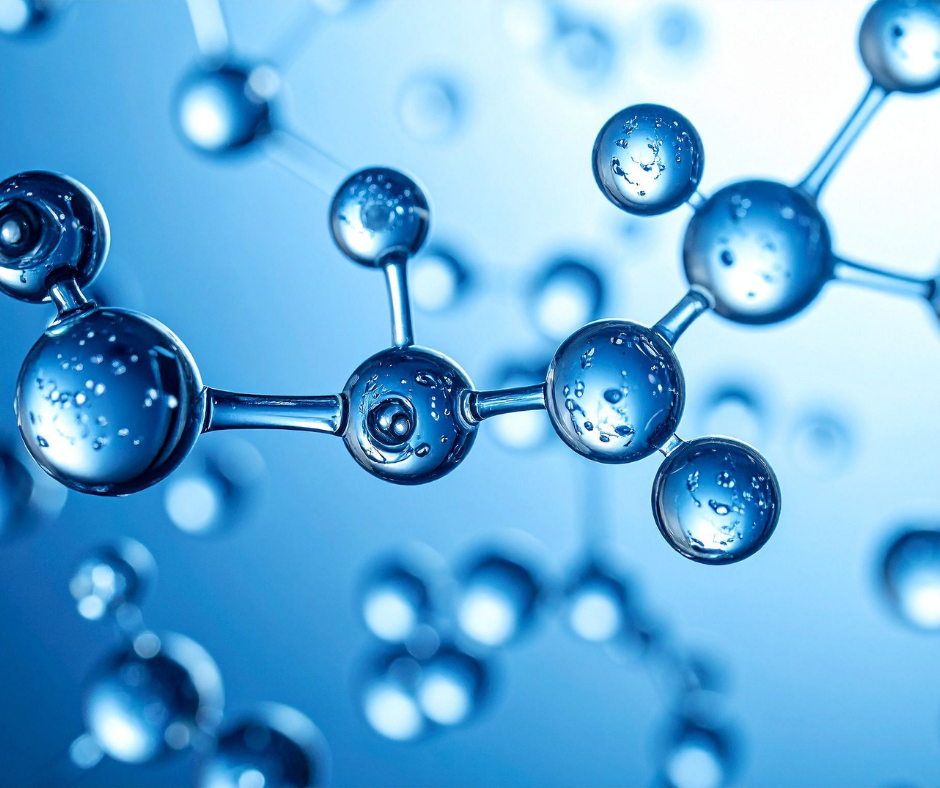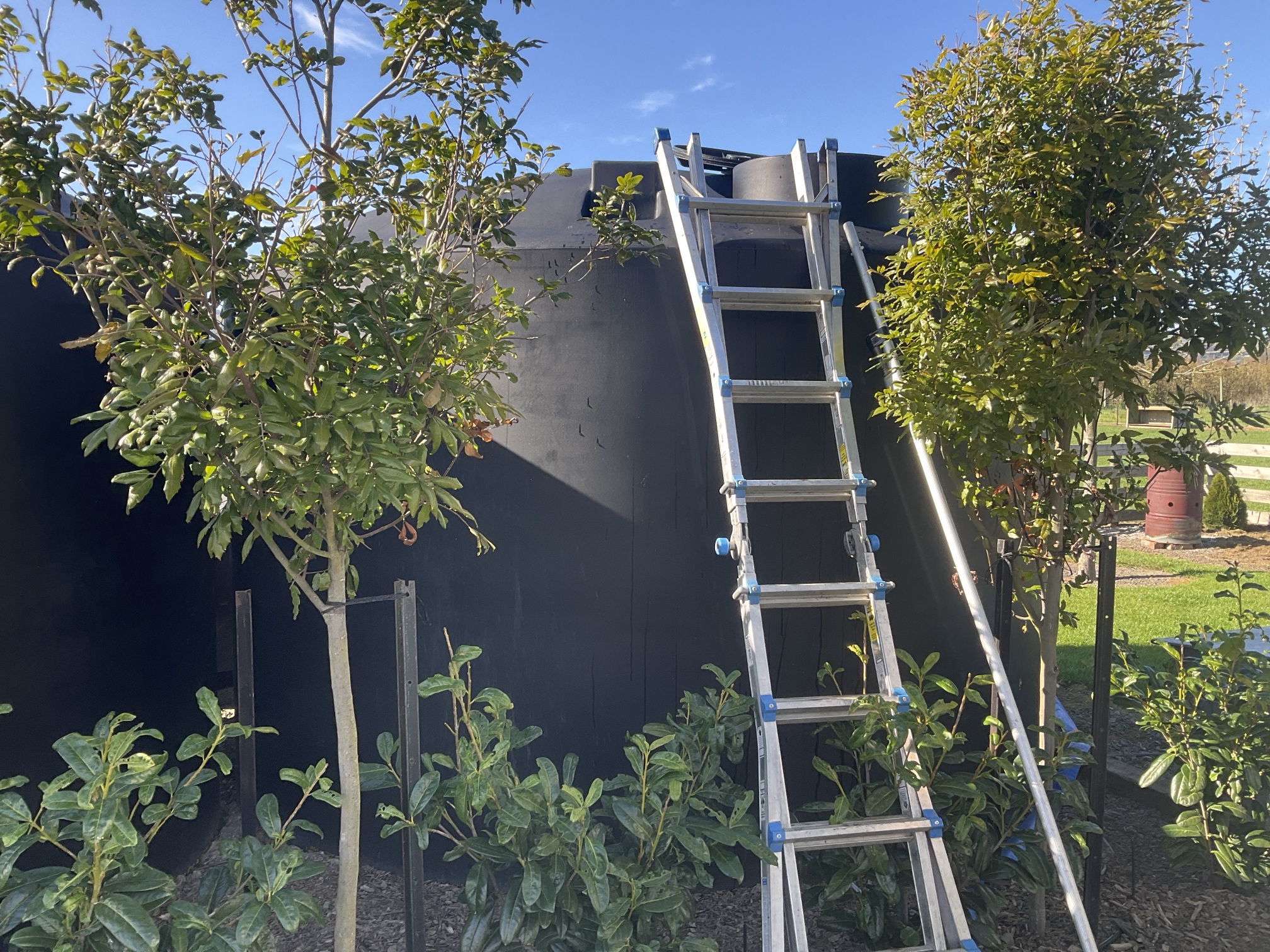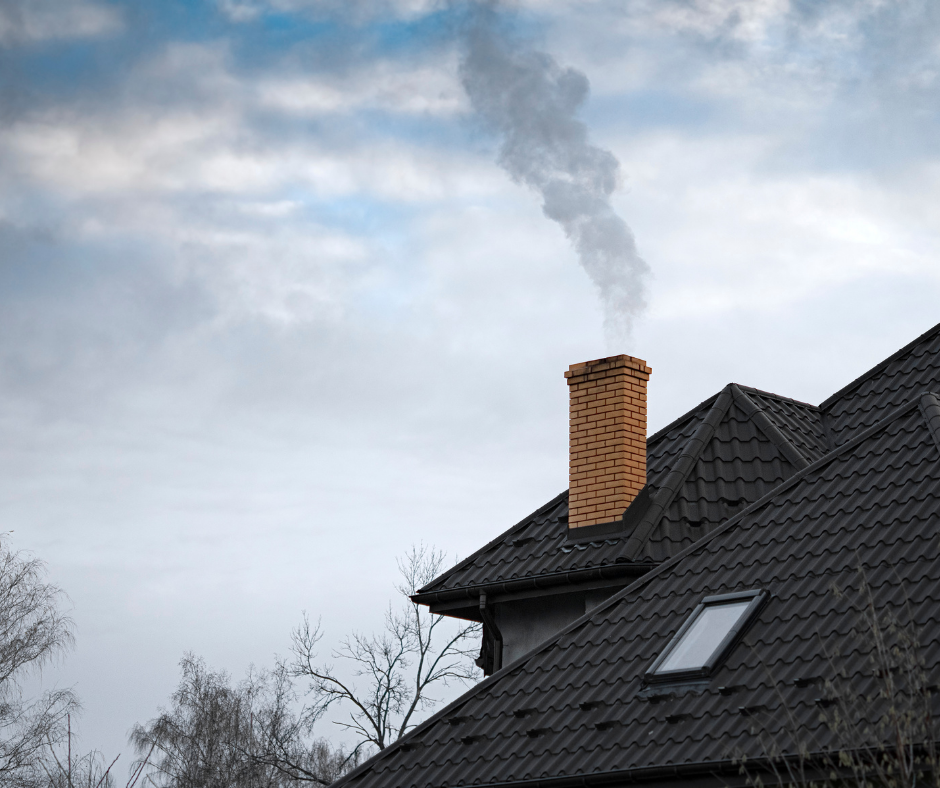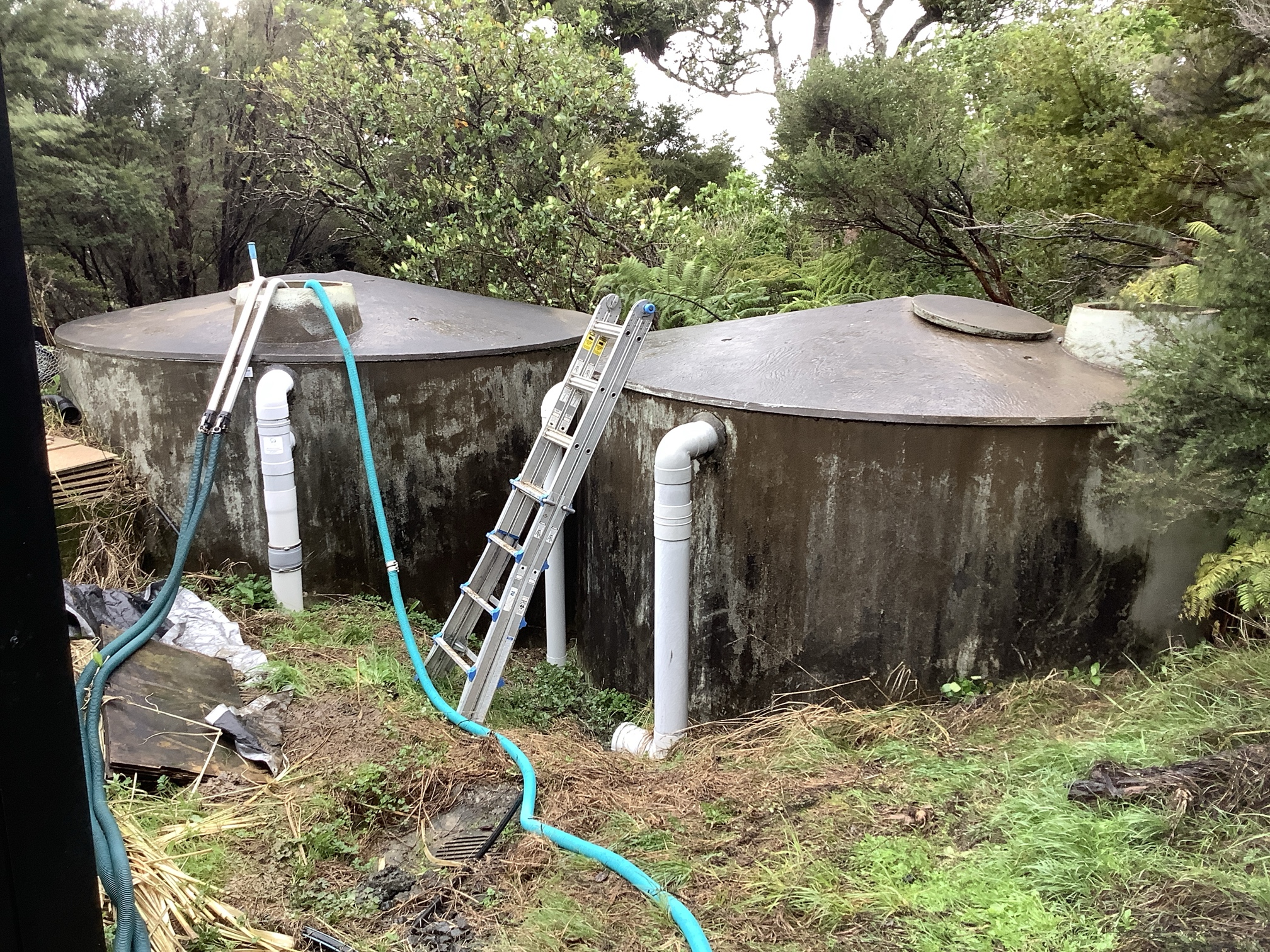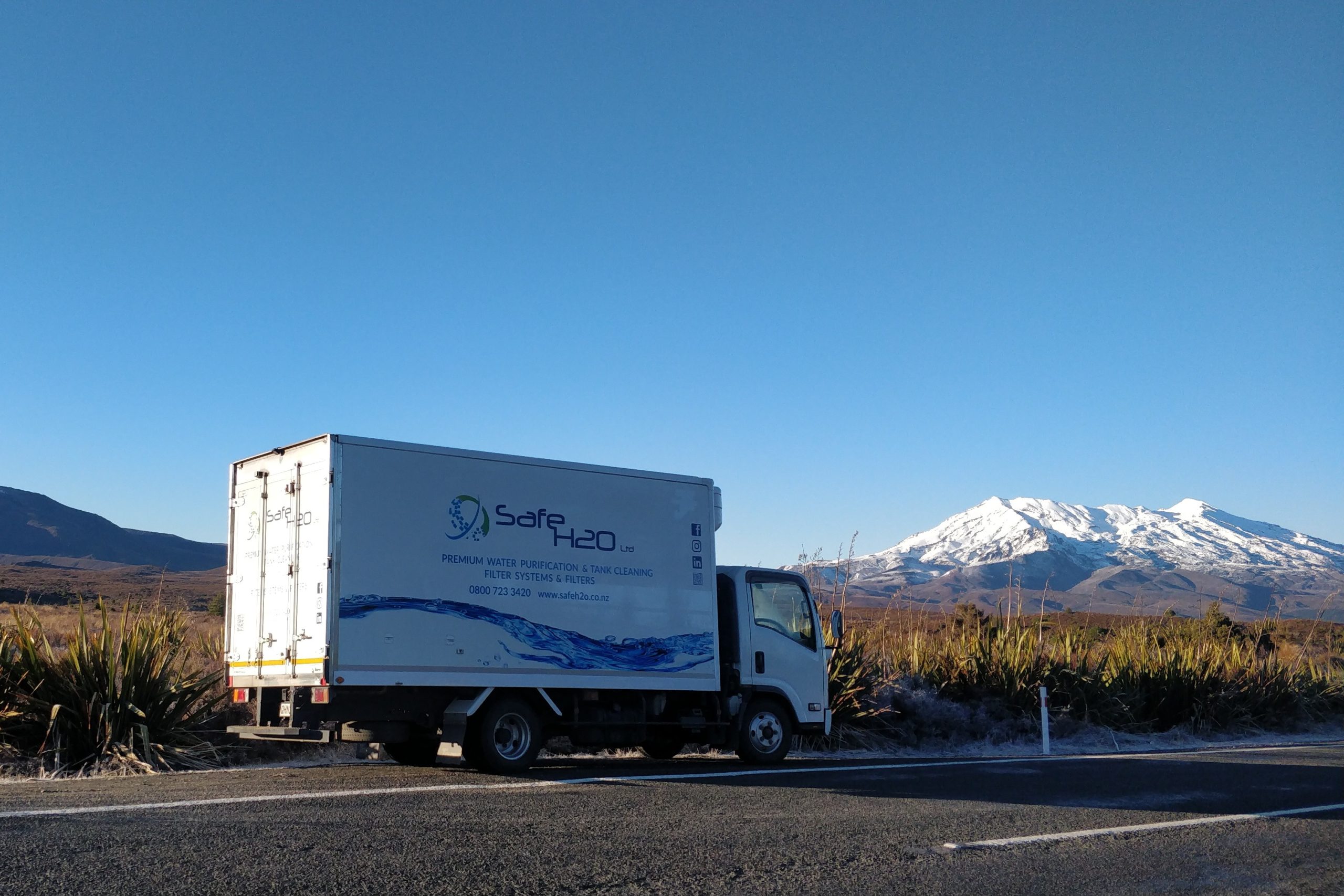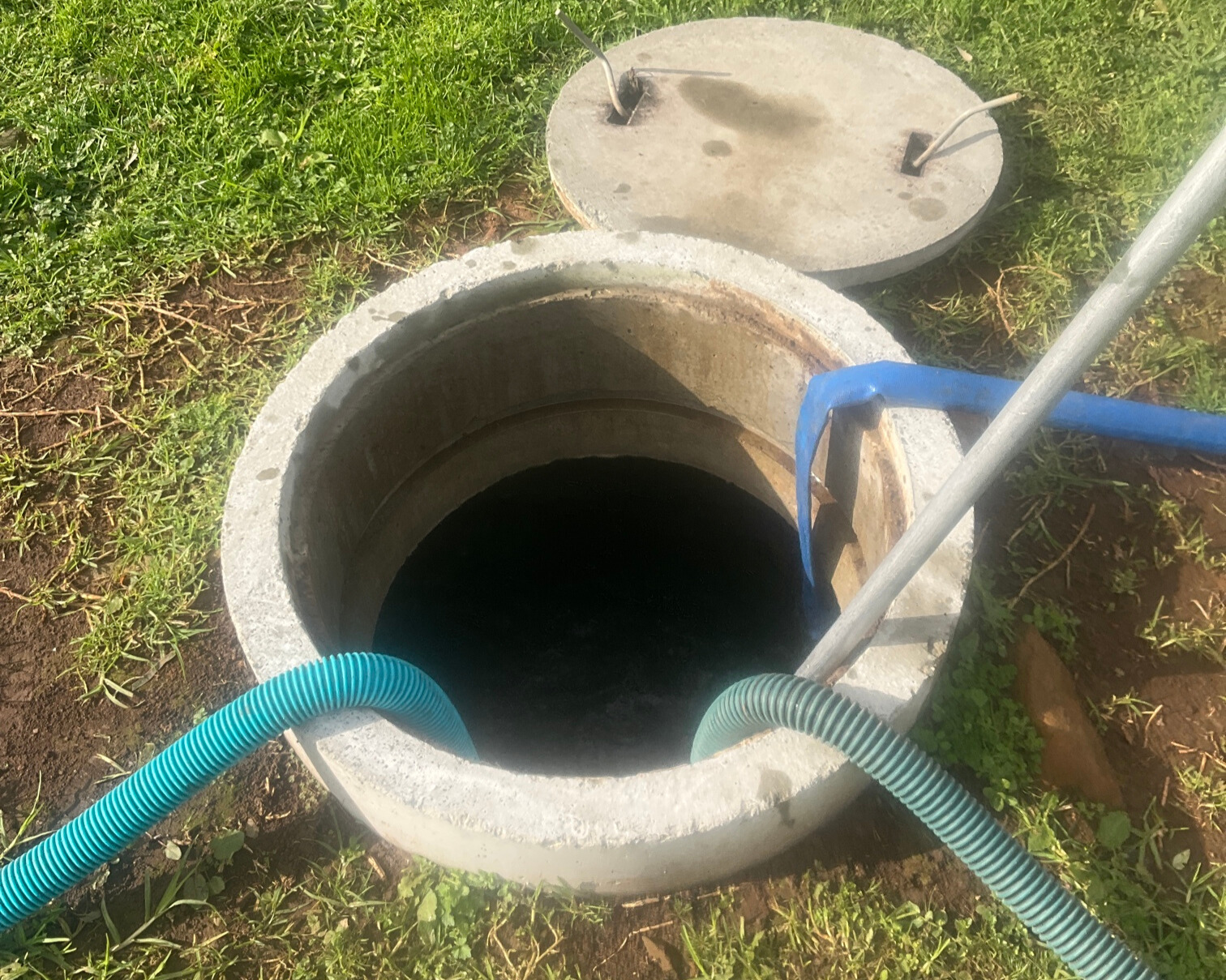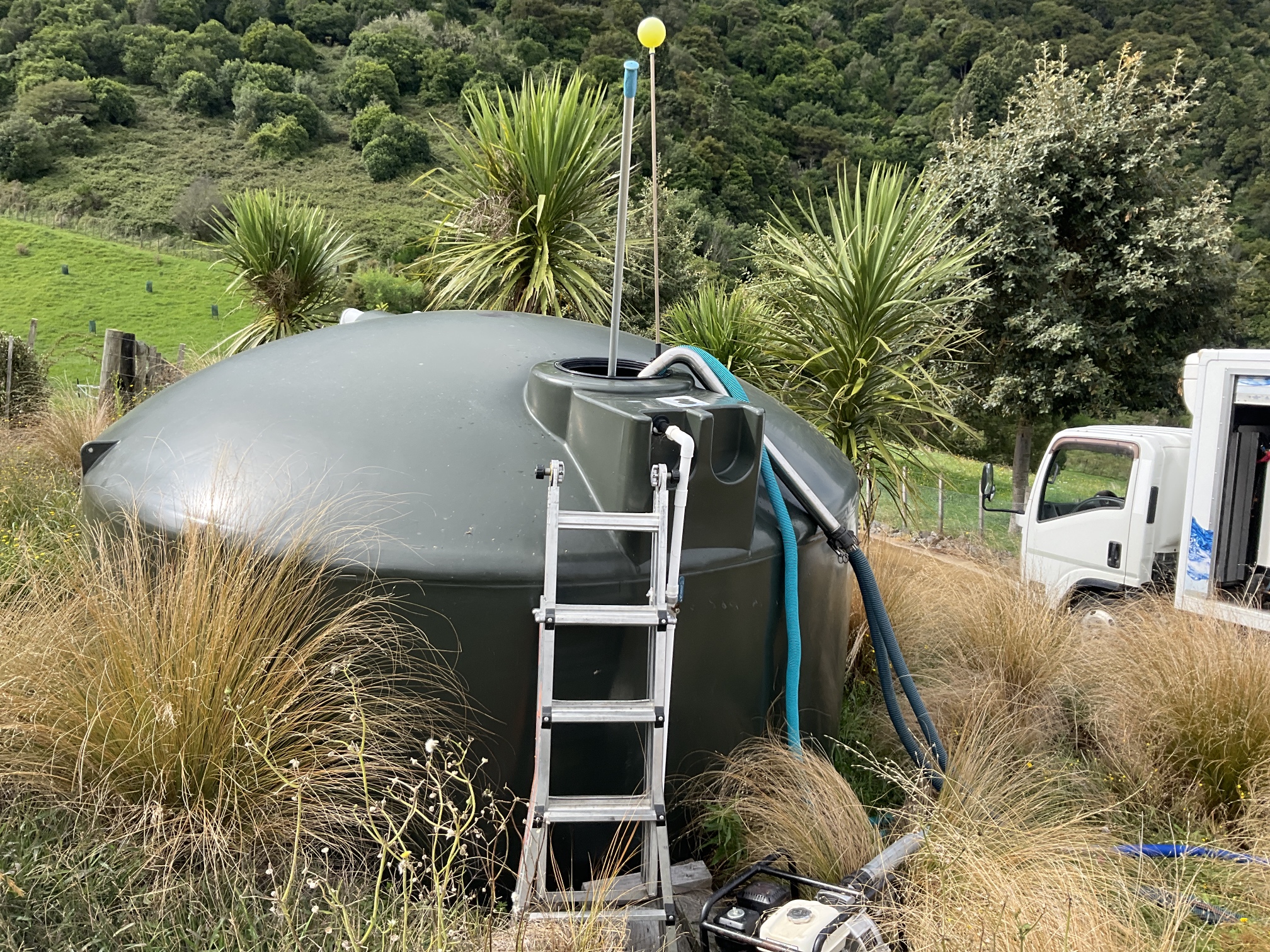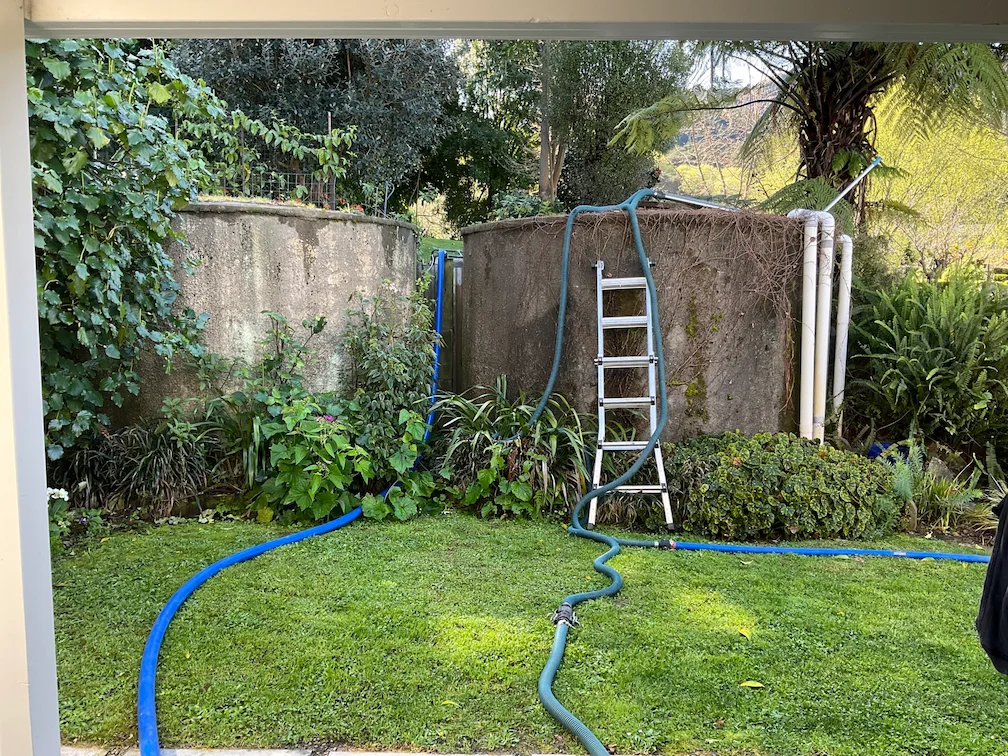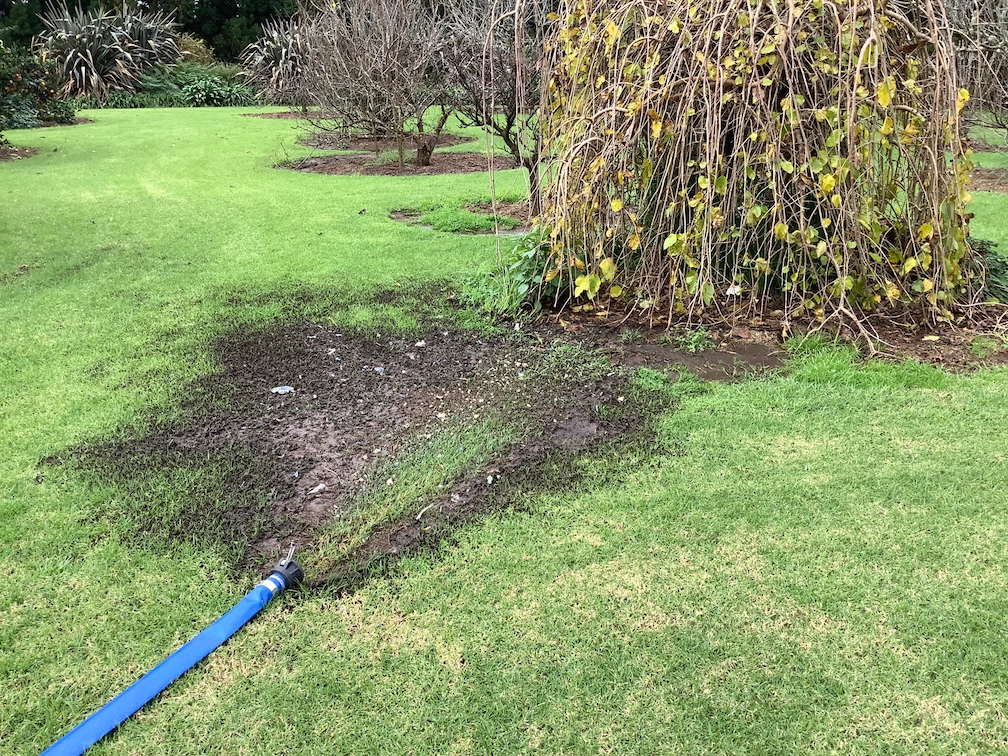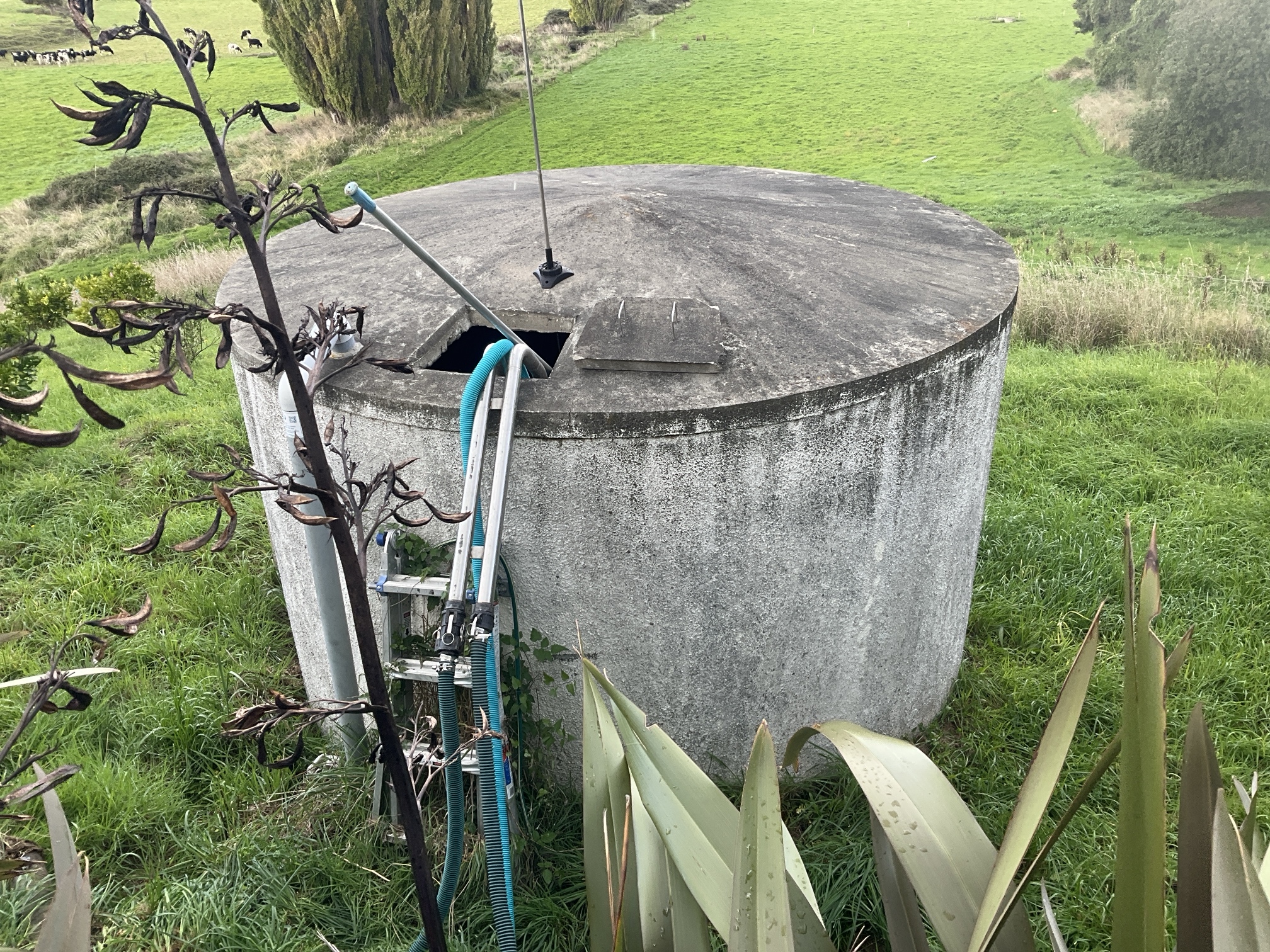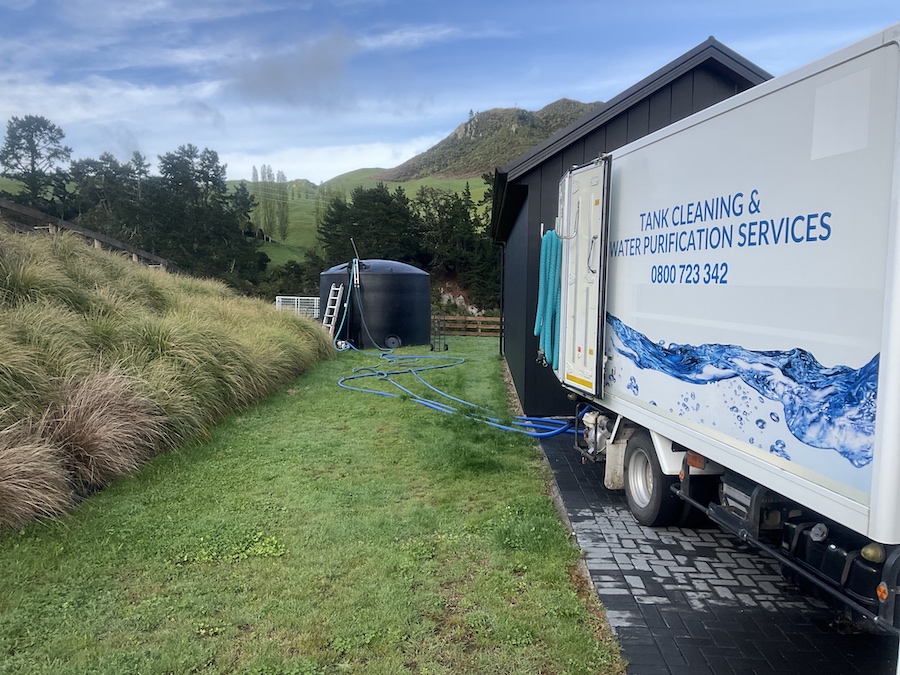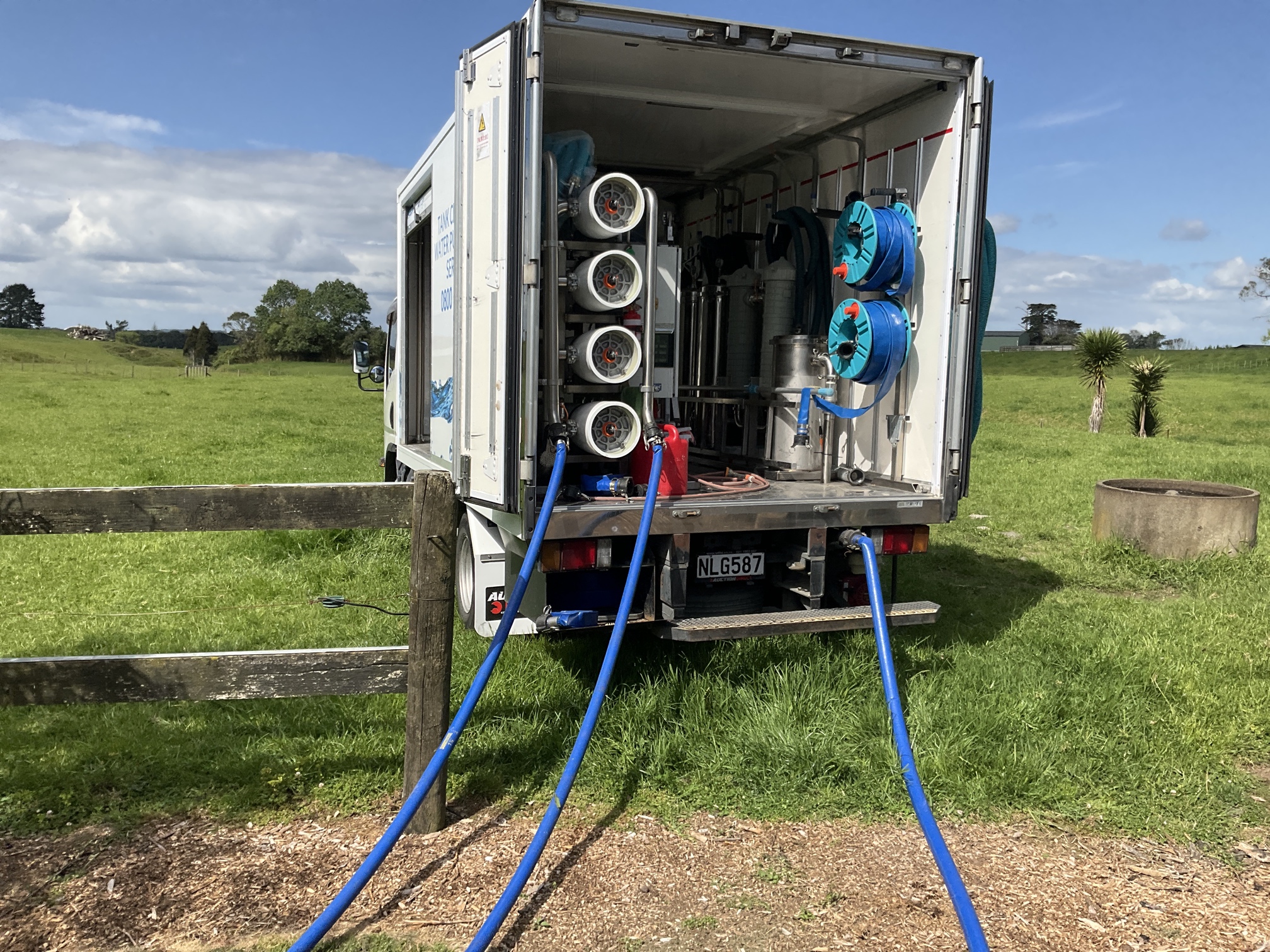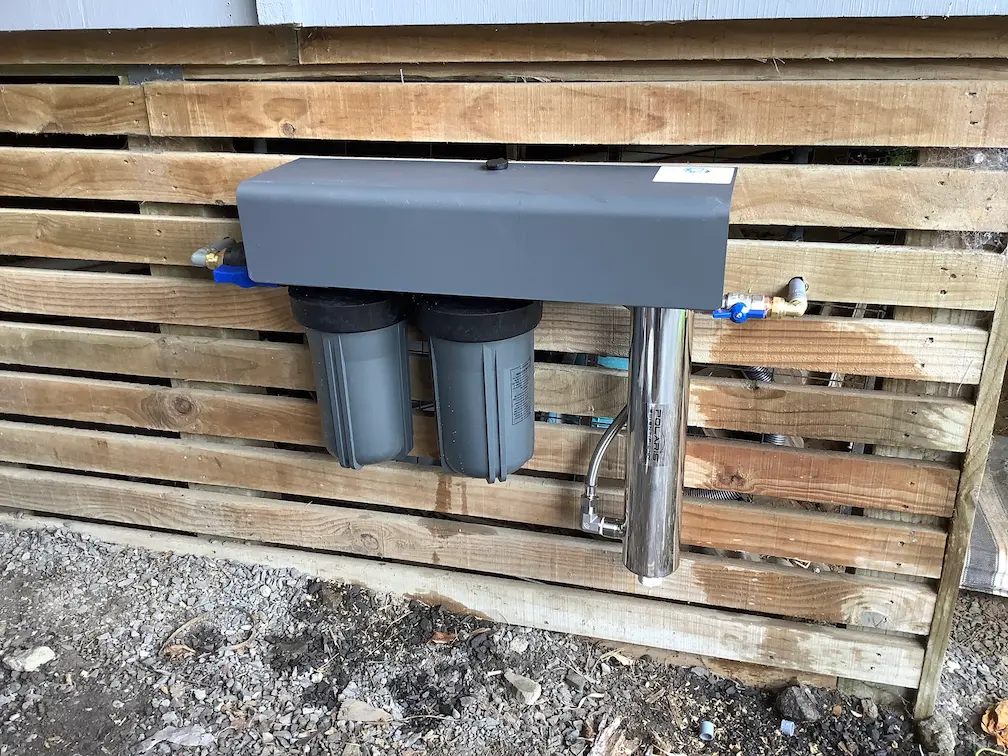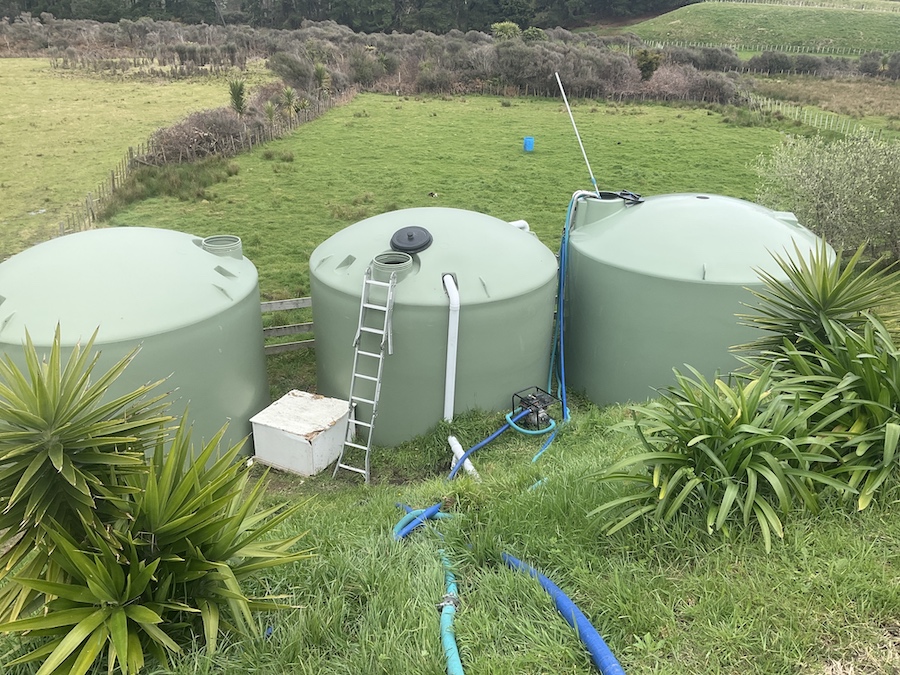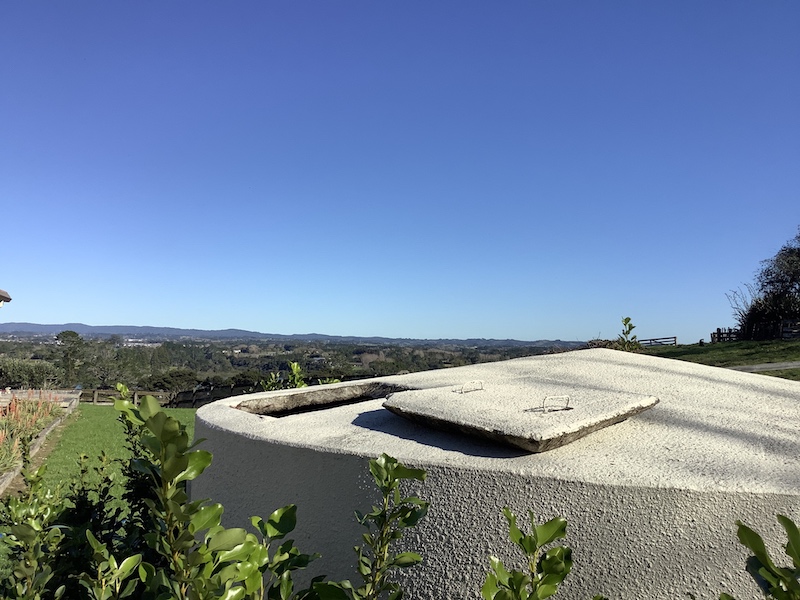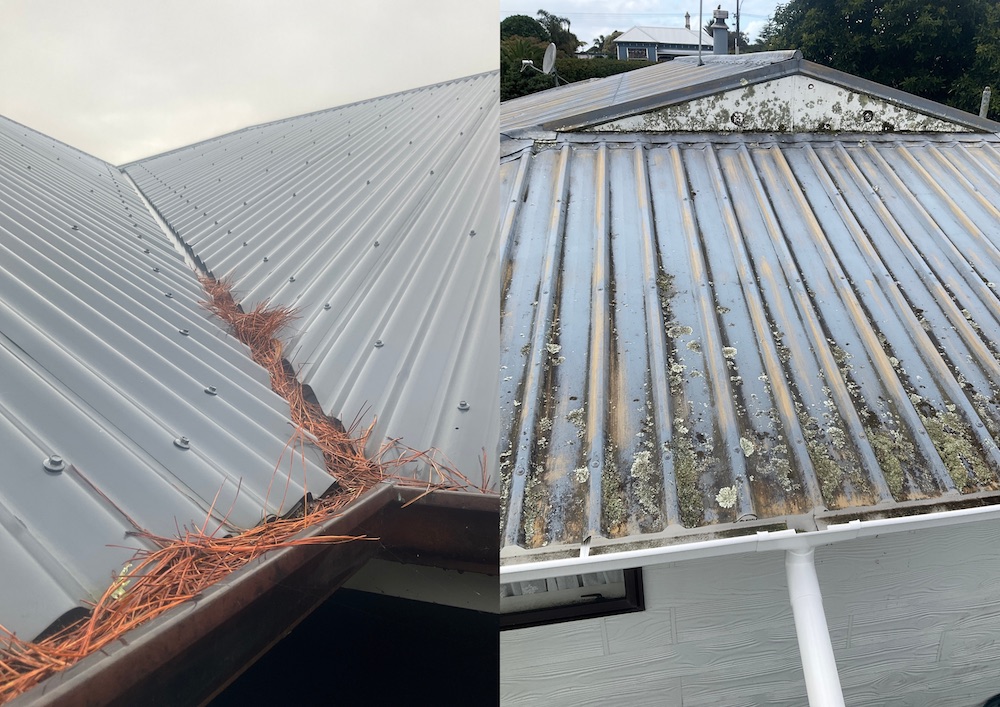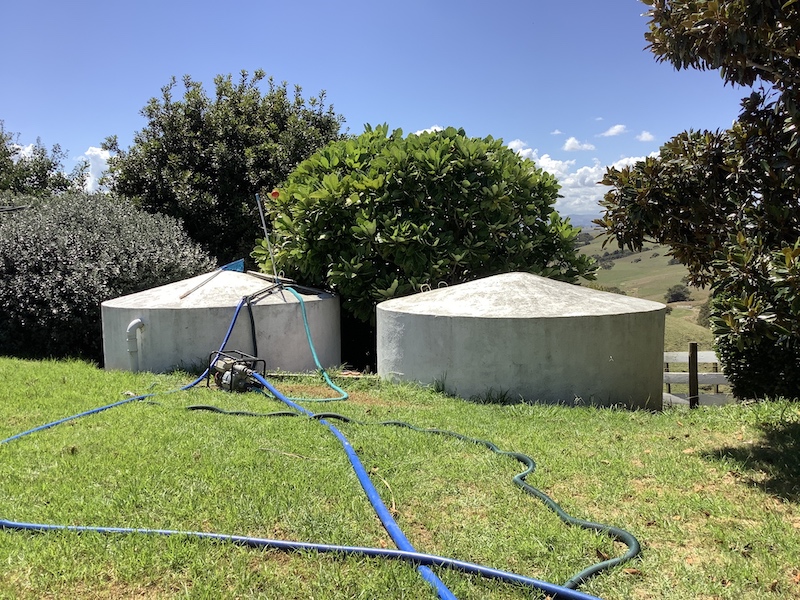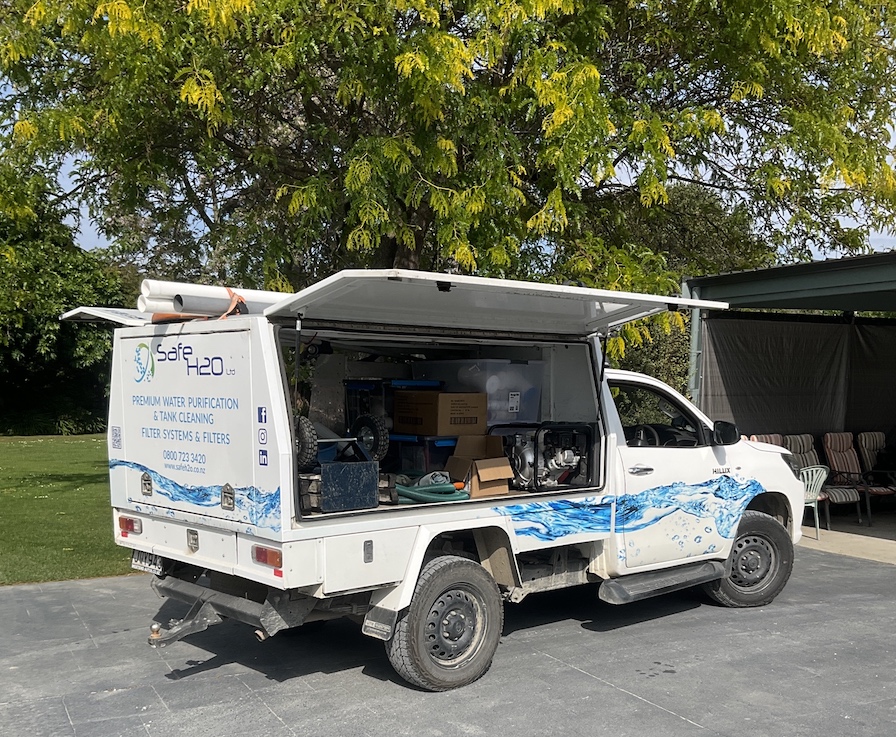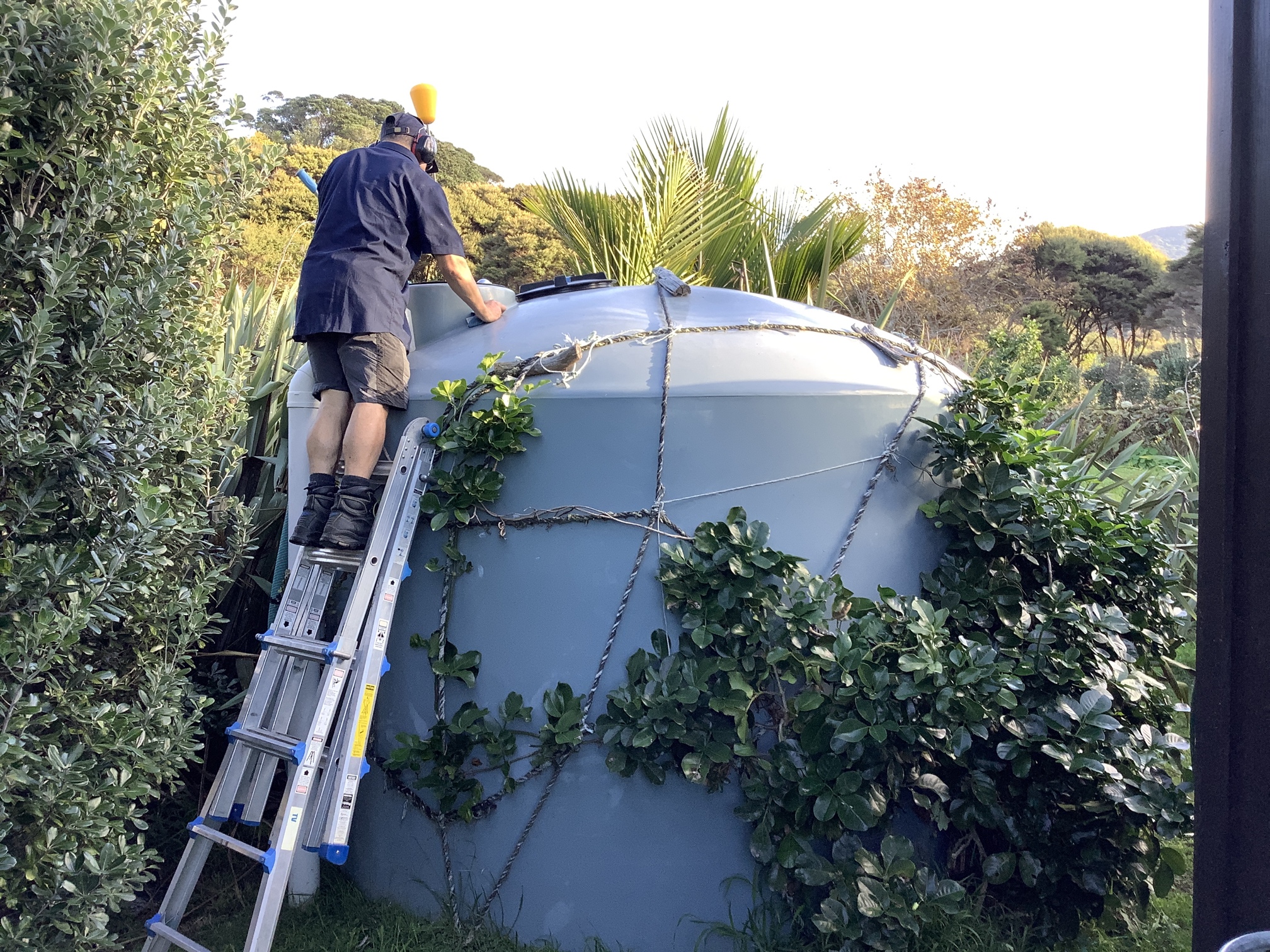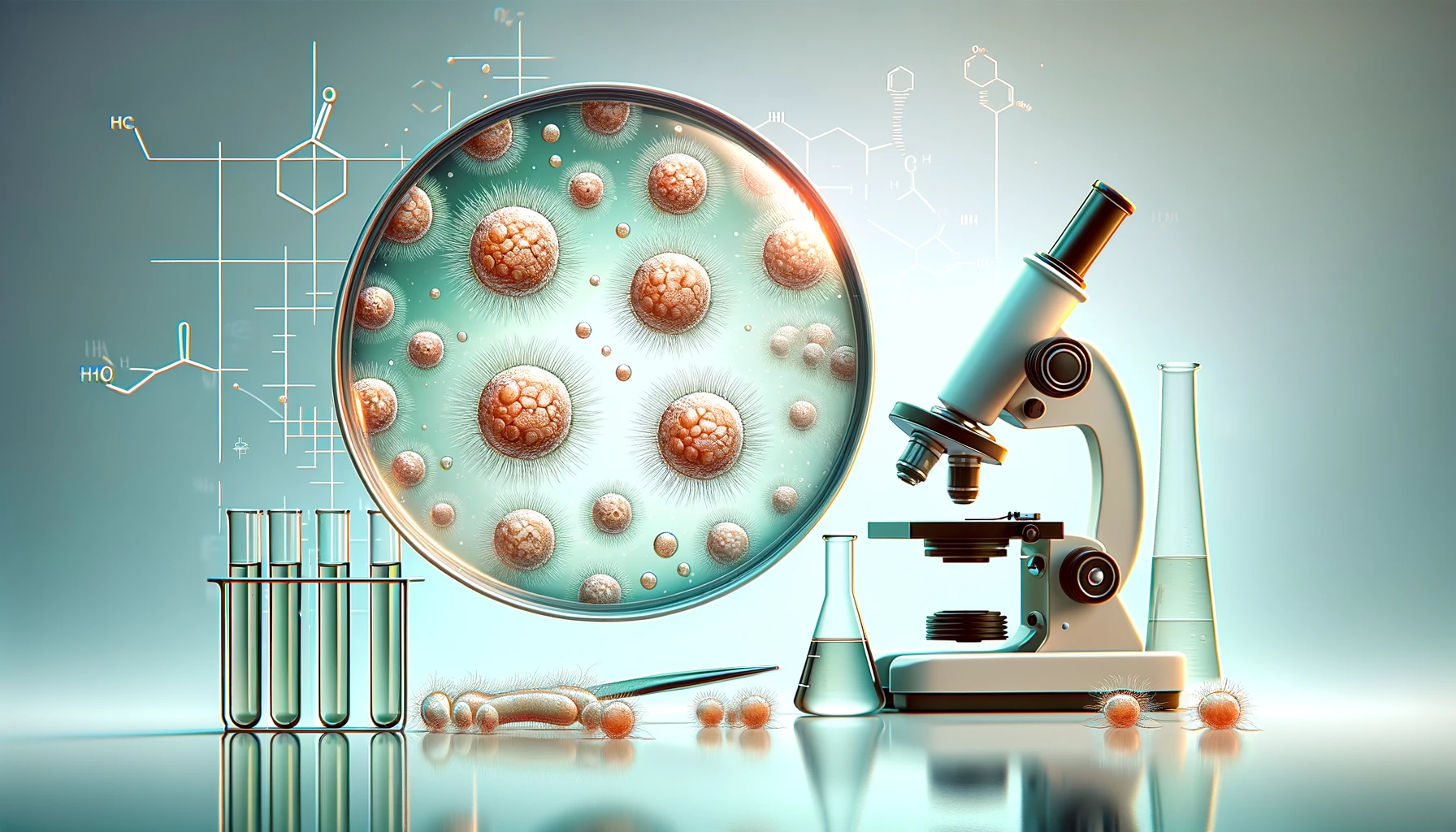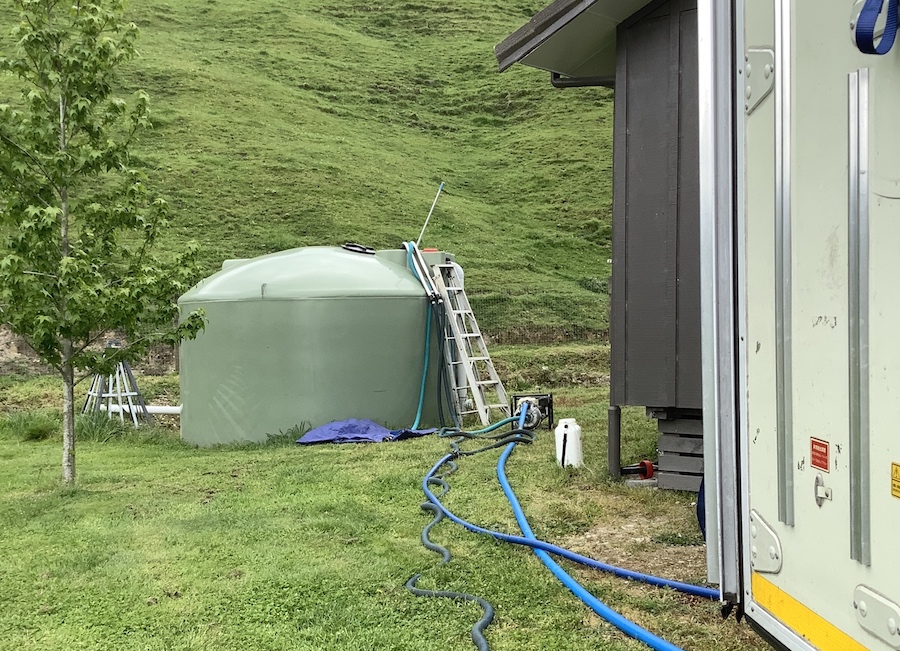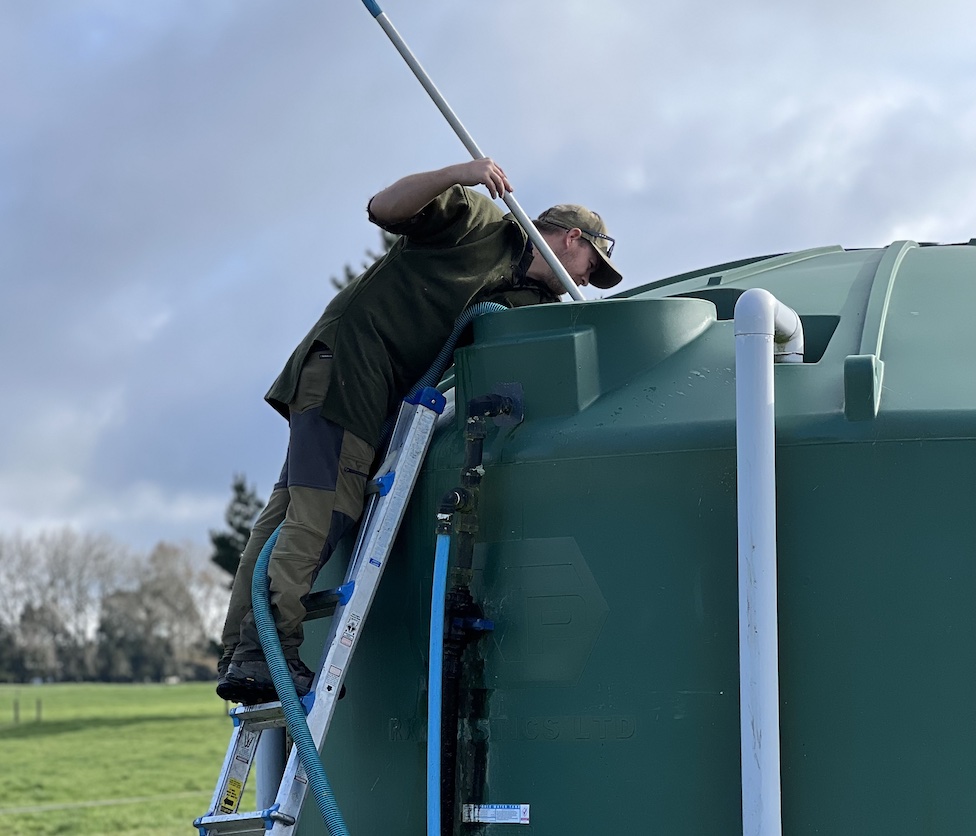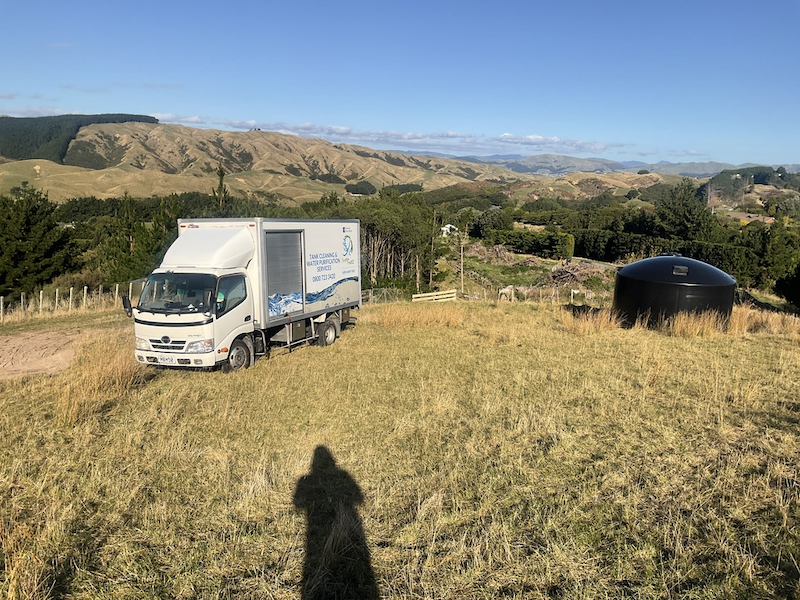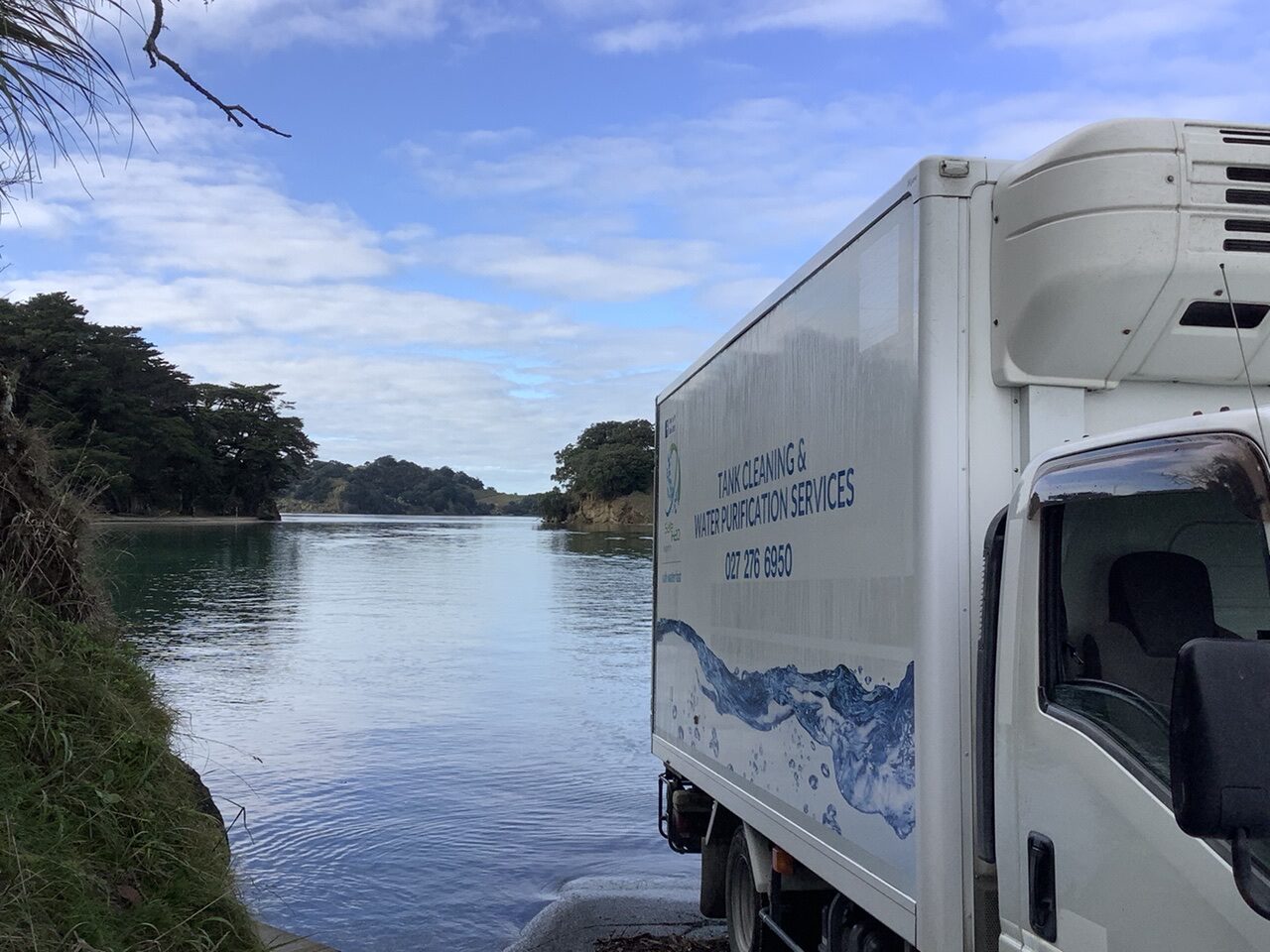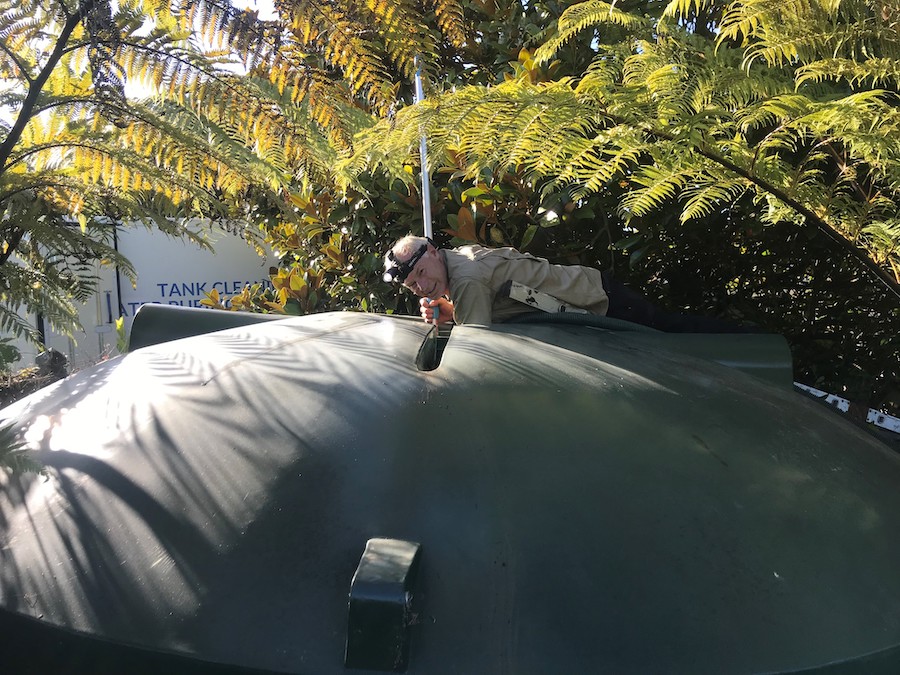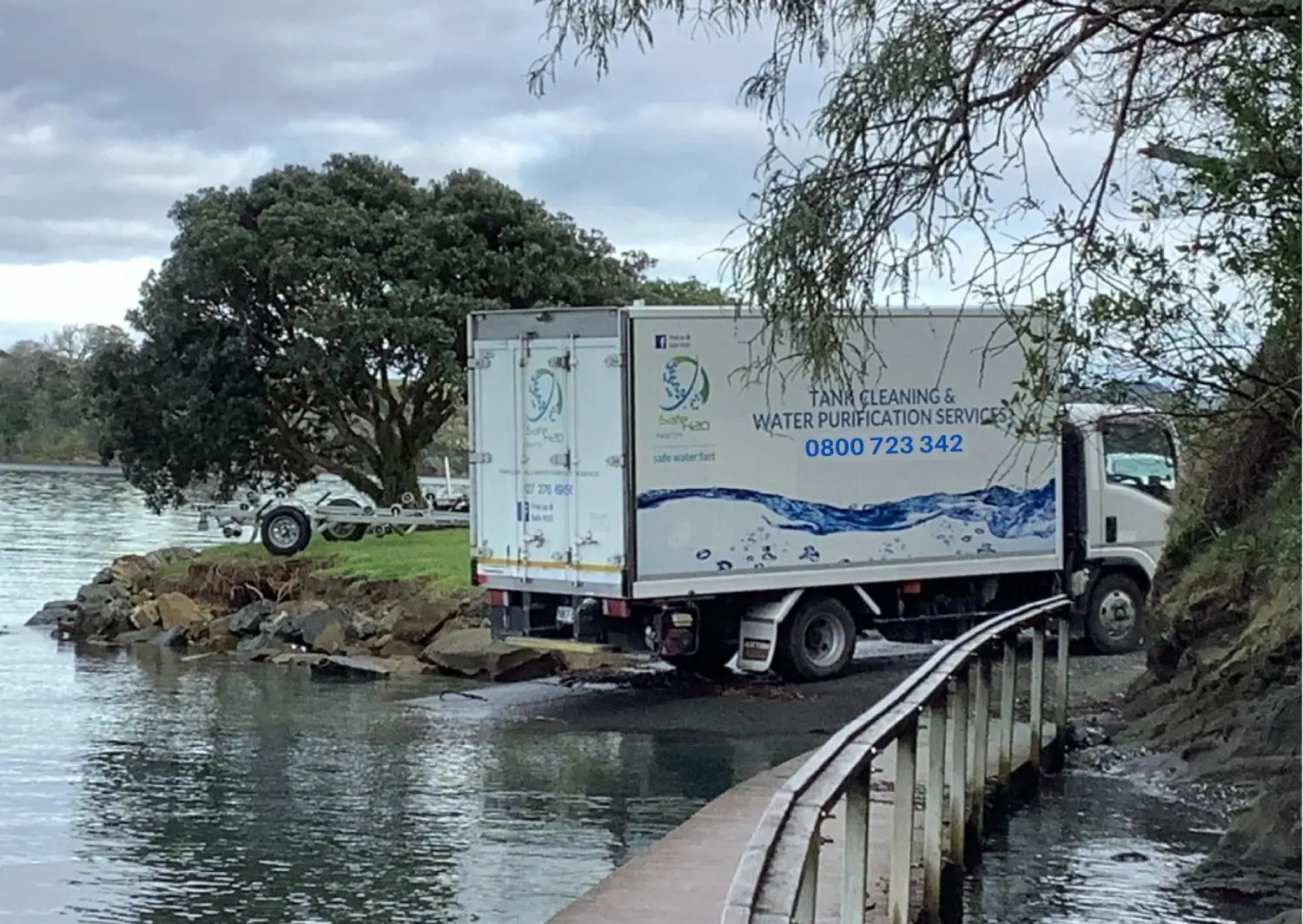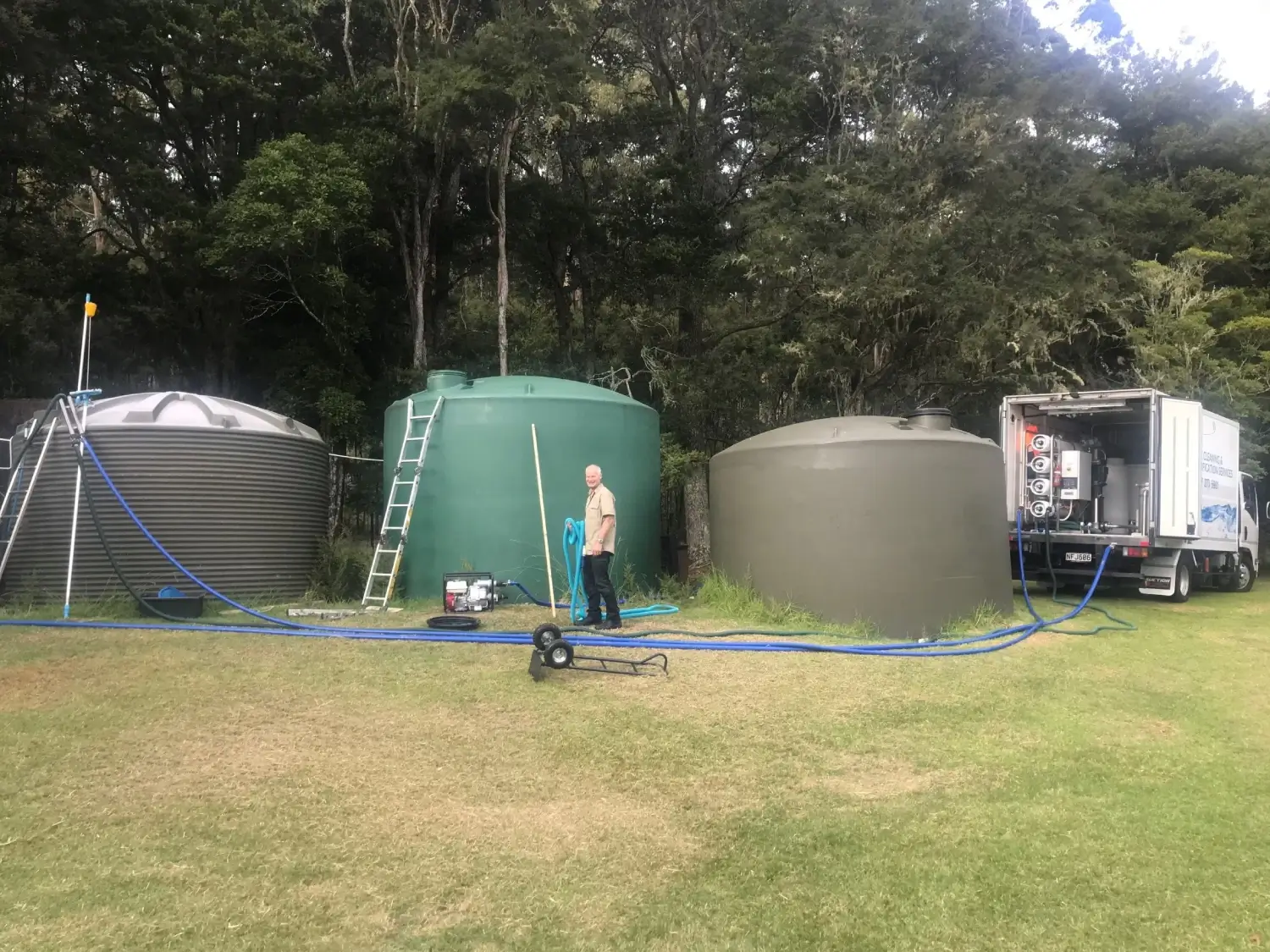Common Water Tank Issues and How to Fix Them
For many New Zealanders, their water tank is an essential item, providing clean, safe drinking water directly to their home.
However, over time, tanks can develop several common issues, impacting water quality and potentially affecting your family’s health.
In this blog, we’ll explore these frequent water tank problems and provide practical solutions to address them effectively.
Identifying Common Water Tank Issues
Before we can solve these issues, it’s crucial to recognise the common signs that your water tank might need attention. Here are some typical problems Kiwi homeowners face:
Sediment Build-Up
Sediment accumulation is an unavoidable issue in water tanks, building up over time. Sediment can include dirt, pollen, sand, organic matter, and rust particles, which settle at the bottom of your tank.
Over time, sediment build-up can lead to contamination, colour and taste issues and clogged filters.
Solution: Regular cleaning and sediment removal by professional services such as Safe H2O can effectively resolve this. Safe H2O use vacuum systems to remove sediment and filtration to remove anything in suspension, retaining 90% plus of your water.
Bacterial Contamination
Bacteria and other dangerous micro-organisms will get into your water supply – for example from bird droppings. Sediment build-up creates ideal conditions for harmful bacteria to flourish.
Bacteria such as E.coli can significantly affect water quality and can cause serious health issues.
Solution: Employing advanced water filtration systems and regular tank cleaning along with occasional antibacterial treatments (such as hydrogen peroxide) can eliminate bacteria and dangerous micro-organisms effectively.
Algae Formation
Exposure to sunlight and warm conditions can lead to algae growth, turning your water green and giving it a foul smell and taste.
Solution: Covering your tank securely at all times and limiting any sunlight exposure prevents algae growth. This along with regular tank inspections and cleaning help ensure algae doesn’t develop.
Tannins
Tannins from organic matter such as the leaves of many of New Zealand’s native trees tend to steep in a water tank and release their tannins. These discolour the water and taint the water’s taste over time.
Solution: Keep your roof and gutters clean, consider leaf diverters and some sort of first flush diverter and regularly clean your water tank to remove the offending leaves.
C carbon filter can help remove colour and some taste when the water goes into the house, but this is treating the symptom and not removing the cause as a regular tank clean does.
Insect and/or animal incursion
Insects such a mosquitoes, can enter a tank and breed there if there are gaps in the supply. Similarly, birds or animals can get into the tanks from the roof or gaps in the supply.
Solution: Inspect the water supply to ensure there are no gaps or holes where insects or animals can enter the tank. Cover outlet pipes with a fine gauze to stop insects or birds entering.
Why Professional Tank Maintenance Matters
Addressing these issues effectively often requires more than basic DIY tanks cleaning methods. While regular self-maintenance helps, professional cleaning services like Safe H2O offer comprehensive and specialised solutions, ensuring optimal water quality and tank longevity.
Professional Inspection and Early Detection
A professional inspection can identify problems before they escalate, saving you time and money. Trained technicians have the expertise to spot early signs of contamination, algae growth, or sediment accumulation, ensuring these are addressed promptly and effectively.
Advanced Cleaning Techniques
Professional services use specialised equipment like vacuum pumps and filtration systems that remove sediment, contaminants, and bacteria more effectively than DIY methods. Safe H2O’s unique filtration process retains most of your tank’s water while thoroughly purifying it.
Sustainable and Efficient Solutions
Safe H2O offers eco-friendly services, significantly reducing water waste by conserving up to 90% of your tank’s existing water. This environmentally conscious approach is not only better for the planet but also cost-effective for homeowners.
Preventive Measures for Long-Term Tank Health
Implementing preventive measures can significantly reduce the frequency and severity of water tank issues.
Regular Maintenance Schedule
Establish a regular tank cleaning schedule, ideally every 1-2 years, or more frequently if you live in a high-sediment or coastal area. Regular professional cleaning ensures your water quality remains consistently high.
Keep your roof and gutters clean
Regularly cleaning your roof and gutters minimises the amount of sediment that will enter your tank. A flush cap that you open when there is a rain event also is a simple way to flush away the worst of what was on your roof before it gets in your water tank.
Proper Tank Installation and Covering
Ensure your tank is installed on a stable, level base and fitted with a secure lid or cover to limit sunlight exposure and contamination. Regularly check the supply to ensure it remains airtight. This significantly reduces algae growth and sediment entry.
Taking Action for Safe Drinking Water
Regular attention to your water tank’s health ensures you have reliable access to clean, safe drinking water. Recognising the signs of common tank issues and addressing them proactively is vital.
Professional tank cleaning and maintenance services from Safe H2O offer a reliable, sustainable, and cost-effective way to manage your tank health. Using advanced equipment, professional expertise, and environmentally friendly practices, Safe H2O ensures your water remains safe, clean, and healthy.
Contact Safe H2O today for a free consultation, and let our team help you maintain the quality of your water and the integrity of your tank.
Concerned about nitrates in your water, and want to know how to get rid of them?
In this blog, we'll explore these frequent water tank problems and provide practical solutions to address them effectively
Smoke and soot can contaminate NZ water tanks. Learn how it happens, the health risks, and Safe H2O’s expert tips for cleaning and prevention.
This comprehensive guide examines the benefits and drawbacks of DIY and professional water tank cleaning, enabling you to make the best choice for your home.
Winter’s cooler weather might not have you thinking about your water tank - but it should.
Whether you’re collecting rainwater, drawing from a bore, or tapping into a stream, your water tank is the heart of your...
Whether you’re collecting rainwater, drawing from a bore, or tapping into a stream, your water tank is the heart of your...
How Possums, Rodents, and Birds Get into Your Water Tank – and How to Keep Them Out When thinking about water quality, …
What’s in Your Water? Common Contaminants in NZ Drinking Water Tanks Whether your water comes from rainfall, a bore or a nearby …
Water Tank Cleaning Myths Debunked When it comes to maintaining clean and safe water in your tank, there can be a bit …
Autumn Water Tank Care Tips: Preparing for the Seasonal Change As the crisp air of autumn rolls in, it’s time to think …
Water Tank Cleaning: A Comparison of Traditional vs. Our Innovative Method When it comes to cleaning your water tank, Safe H2O cleans …
UNDERSTANDING FILTRATION SYSTEMS: WHAT IS SEDIMENT AND UV WATER FILTRATION? Your water source likely contains a myriad of sediments and particles, ranging …
Water Tanks 101: A Beginner’s Guide to Clean, Safe Water for Your Property Water tanks are an essential resource for those on …
What can I do before water enters my tank to help minimise my risks? Spring or surface water (streams) will usually be …
When it comes to maintaining a healthy rainwater fed tank, one of the most overlooked aspects is the cleanliness of your roof and gutters.
Flush Caps, Leaf Diverters, and More: Methods to Help Protect Your Water Supply When it comes to maintaining a clean and safe …
In the realm of curious misconceptions, one fascinating myth suggests that eels clean water tanks. While this idea captures the...
Why having ‘Immunity’ to Bad Tank Water is a Bad Thing When it comes to maintaining a healthy home, clean water is …
Safe H2O Collaborates with Isaac’s Plumbing, Pumping and Electrical Here at Safe H2O, we aim to provide exceptional advice, service, and support …
How Often Do New Zealand Schools Need to Clean Their Water Tanks? Here in NZ, managing water supplies, including water tank maintenance …
What is Cryptosporidium and How to Keep Your Water Safe What is Cryptosporidium? In simple terms, Cryptosporidium is a tiny parasite that …
Why you should use a Water Tank Cleaning Specialist Well maintained water tanks are the backbone of clean water storage and supply …
Guarding Against E. coli: Essential Strategies for Ensuring Safe Water Tank Systems Water tanks are an essential source of clean drinking water …
5 Top Reasons to Keep Your Water Tank Clean in New Zealand Cleaning your water tanks is something that’s probably not always …
Autumn Alert: Why Now is the Perfect Time to Clean Your Water Tank As the autumn leaves are about to fall and …
What are my Legal Obligations for water tank cleaning in New Zealand? Taumata Arowai is the new Water Services Regulator for Aotearoa …
Top signs your water tank needs cleaning – Don’t ignore these red flags Your water tank is a vital component of your …
How Often Should I Clean My Water Tank in New Zealand? If you are one of the thousands of New Zealanders with …
The Risks of Cleaning Your Water Tank with Janola or Household Bleach Should you use Janola to clean your water tank? Here …
12 Ways to Save Your Tank Water Worried about your water tanks running empty? Rainfed tank water is a limited supply and …
How much does it cost to clean my water tank? The cost of cleaning a typical New Zealand water tank depends on …

